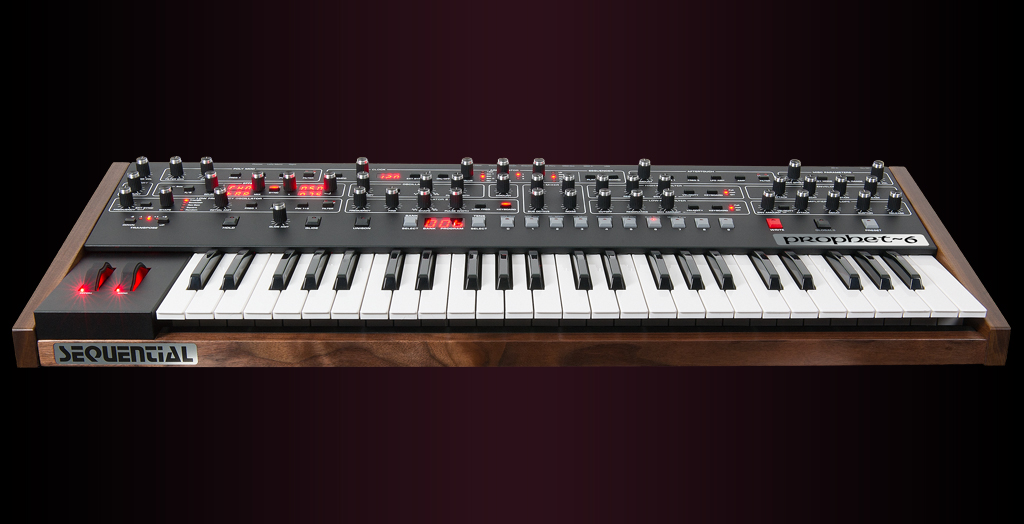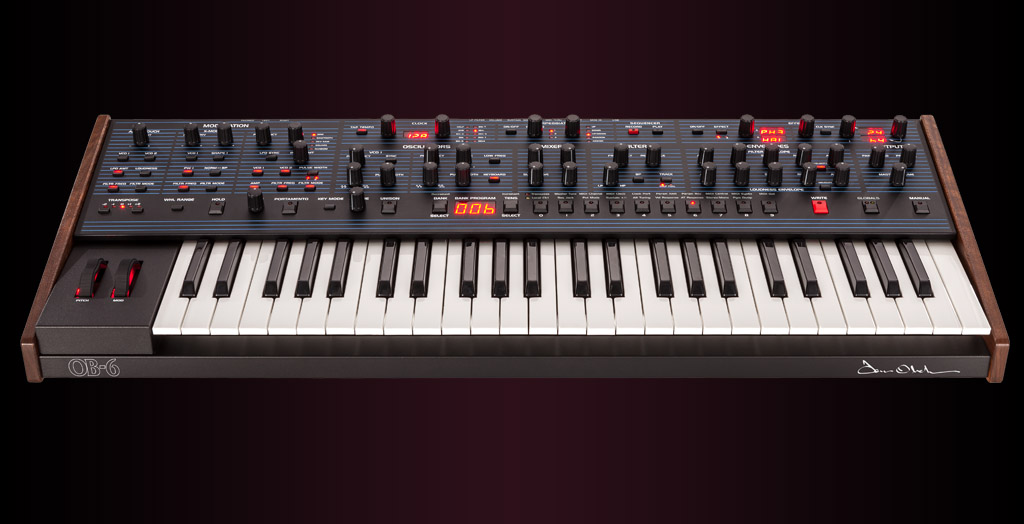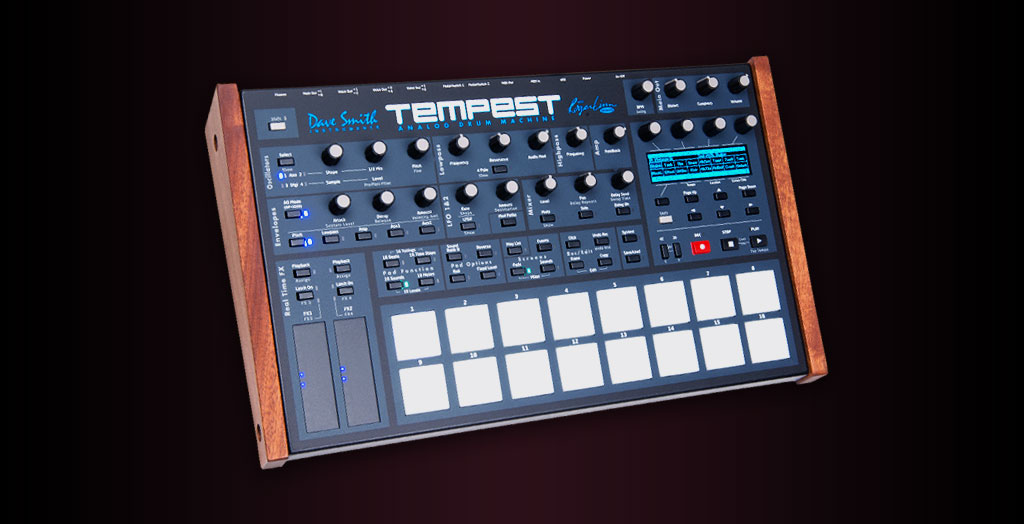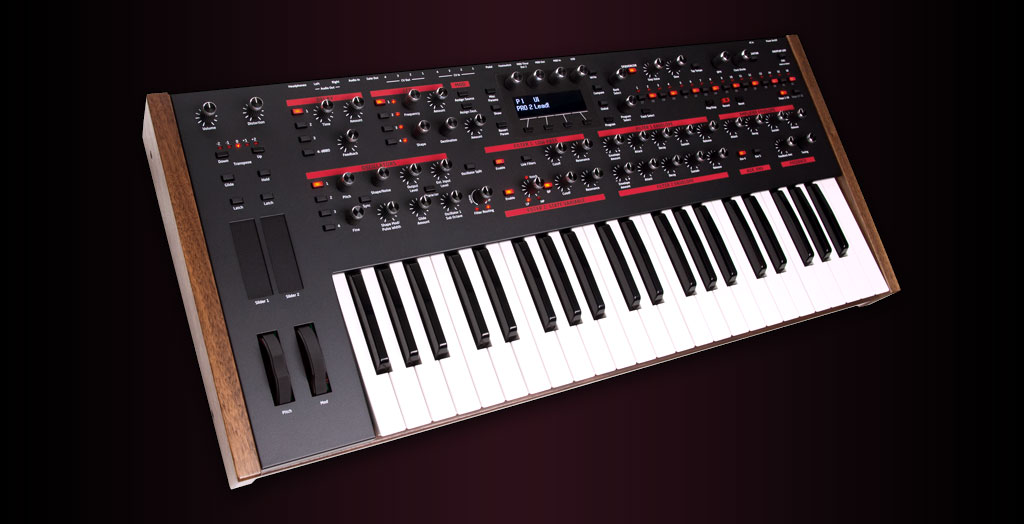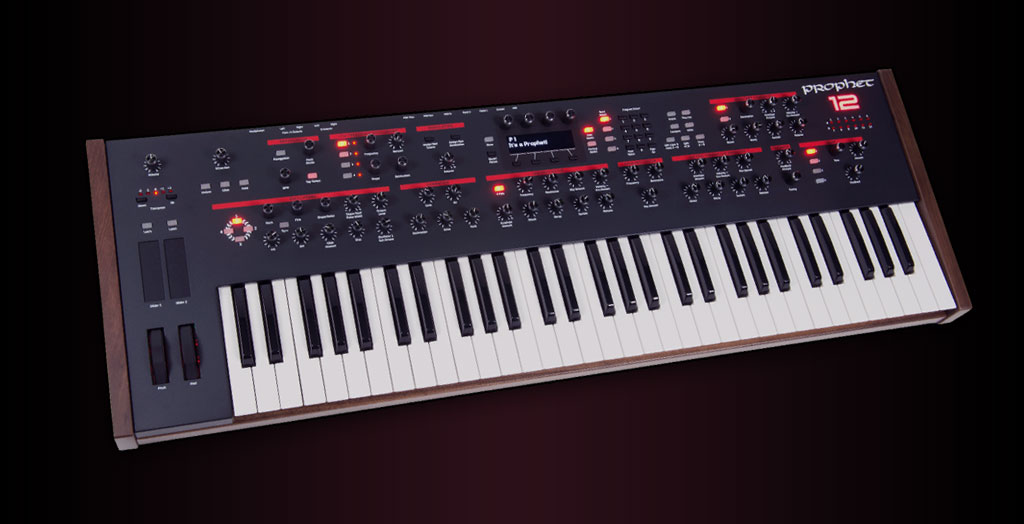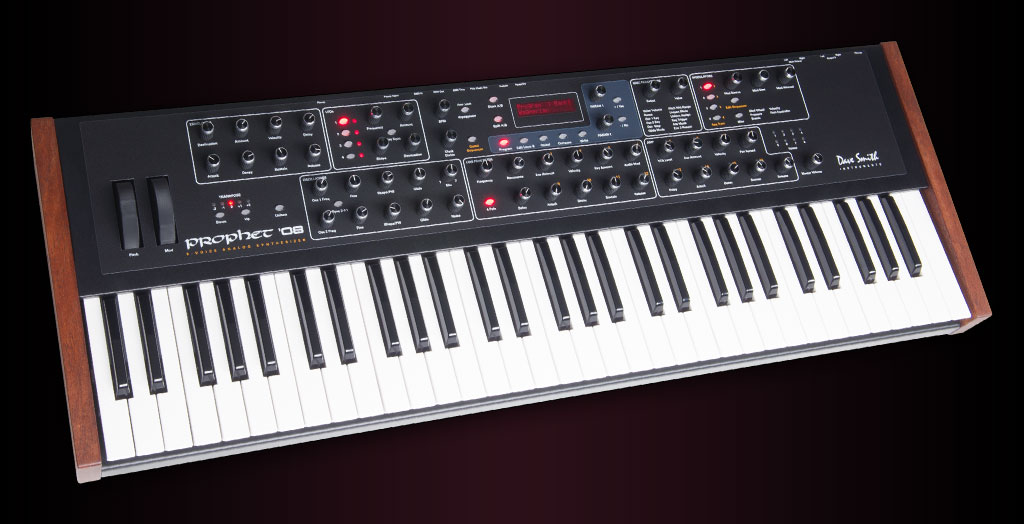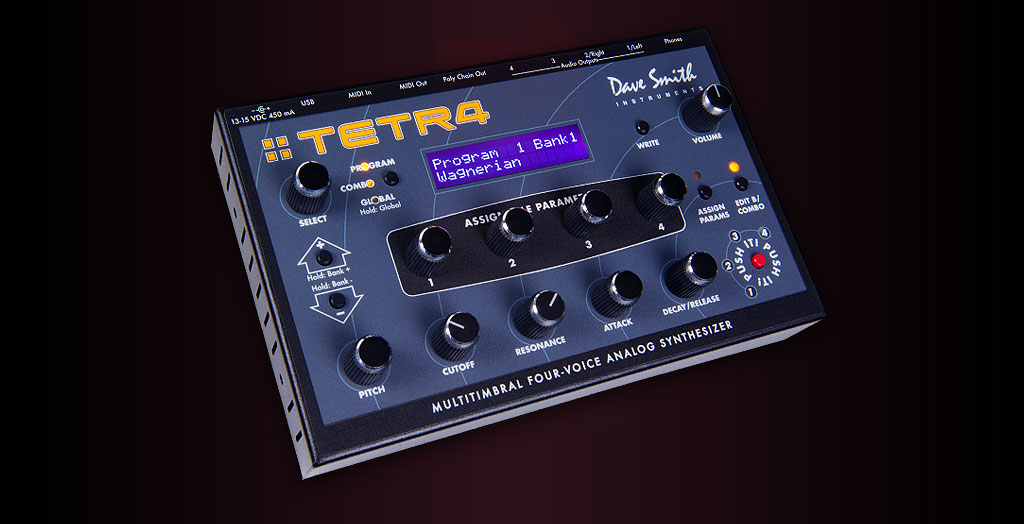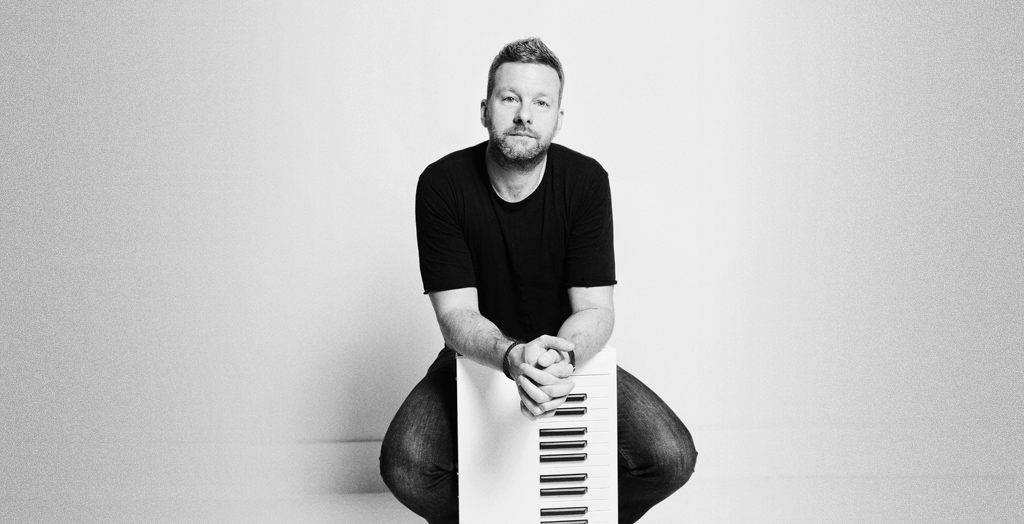
Featured Artist David Cook
Gear Used
SEQUENTIAL INTERVIEW – DAVID COOK
Pianist, composer and Musical Director David Cook was born in San Diego to a musical family and raised in Columbus, Ohio. Now living in New York City, he has enjoyed a varied career of performing, recording and producing.
A graduate of the University of Michigan school of music, David has music-directed and played for many notable artists, including 10-time Grammy Award-winner Taylor Swift, Thomas Rhett, Emmy/Oscar/Tony winner Ben Platt, Maren Morris, Shoshana Bean, Lizz Wright, Academy Award winner Jennifer Husdon, Kesha, Utada Hikaru, Halsey, NSYNC, Billy Porter, Tei Shi and Shayna Steele. He has also played piano in jazz groups led by drummers Mark Guiliana and Red Baraat’s Sunny Jain, guitarist Greg Howe, saxophonists Adam Kolker and Bob Reynolds, as well as two-time Grammy-nominated trombonist Alan Ferber.
David has released two critically acclaimed records on the Brooklyn Jazz Underground Records label: Pathway (2010) and Scenic Design (2015). Produced by Ben Wendel of Kneebody, Scenic Design features David Smith on trumpet, Wendel on saxophone, Matt Clohesy on bass, and Kendrick Scott on drums. Two-time Grammy Award-winner composer and bandleader Maria Schneider says “Scenic Design is full of heart, intelligence, and simply fantastic playing… every piece thoughtfully carries the listener along with evolving nuance, expression, and harmonic details.”
David is a member of the faculty at Montclair State University as Adjunct Professor of Jazz at the John J. Cali school of music. He also represented the United States in 2008 and 2017 with ensembles through Jazz at Lincoln Center and the U.S. State Department. Those travels included Azerbaijan, Bahrain, Yemen, Oman, the United Arab Emirates, and Kuwait, and provided performances and clinics to audiences across the regions.
Other musicians that David has recorded or performed with include Dennis Chambers, Quincy Davis, John Ellis, Nir Felder, Tomas Fujiwara, Christian McBride, Donny McCaslin, Marcus Miller, Robert Randolph, Sachal Vasandani, and Victor Wooten.
We chatted with David on how he uses Sequential instruments in his music:
How did you first get started with music? Was it nature or nurture for you: Were you a self-starter or was it something that you grew into?
I was fortunate to be born in to a musical family. My mother is a piano teacher specializing in young beginners and she started me when I was three. My father is a literal Renaissance man: a retired attorney with a passion for playing several modern instruments as well as many from the Medieval and Renaissance eras. I grew up listening to his ensemble rehearse 15th century music in our basement every Monday night.
It seems that some musicians have a sort of “eureka” moment in their early years where the light bulb comes on and they realize “This is what I need to be doing.” Do you recall anything like that for you?
This is a long story, but maybe worth it:
As a second-semester junior at the University of Michigan, I had a meeting with a counselor to go over my plan of double-majoring in both music and communications. (This was a backup option if music didn’t work out.) She informed me that it was going to take at least six years of undergrad to complete both courses of study, and that I should pick one or the other if I wanted to finish in four. I left, drove up to north campus to do some shedding on a piano, and took a step back to think everything over. It was a Friday afternoon, snowing a little, cold as hell, and as I walked back to my car I remember thinking “well I guess I need to decide what I’m doing with my life this weekend.”
Ten minutes after I got home, I received a call from Ed Sarath, the director of the jazz department. He told me he’d recommended me to a jazz violinist on the GRP label named Jerald Daemyon, and that I might be getting a call from him. Sure enough, Jerald reached out immediately to ask if I’d go on the road, playing his music from a recent release on a promo tour. Violin, one keyboard, and track. I said sure, he drove to Ann Arbor from Detroit to drop a copy of his record and some charts (this was pre-Dropbox/wetransfer) and the following week we flew to South Beach. The first show was in a fashionable, hip, upscale club, where the crowd included most of the Miami Heat and the Dolphins. The same stuff I was working on in a practice room at school was now going through a PA on the road. The audience was responding, and I was hooked. That gig went on for nine more months, including performances at Mardi Gras in New Orleans, a festival in Jamaica, a radio conference in Palm Springs where we hung with Busta Rhymes, my first gigs in major markets like LA and Chicago… it was a fantastic, wild experience. The timing of the whole experience left no doubt that this is what I wanted to do.
Tell us about your first synth!
Moog Concertmate MG-1. Dad bought it at Radio Shack, we took turns twisting knobs and moving sliders to make helicopter sounds, sci-fi effects, and all sorts of other patches from the manual. Later was the DX7 and SY77, and Roland RX-5 drum machine. He had a great setup!
Do you usually design your own sounds? If so, how do you approach that? Do you have a process?
I almost always design my own sounds. It’s at the point now where I can start with a blank slate and get pretty close to whichever sound we’re going for, but there was a long period of time where I needed to scroll through sounds and find one that was close, then tweak. Workflow is so important when designing sounds; in general I prefer to have a bunch of knobs and buttons with dedicated functions rather than a streamlined menu-diving situation. It’s one of the things I appreciate most about Sequential’s keyboards.
What kind of things get you excited about an instrument?
Meat and potatoes stuff. Things that can only be done on that particular instrument, whatever it is. For synths, it’s big, buzzy basses, glossy Prince/Morris Day synth stabs, and pads with that perfect attack and release that just sing. Or the singular sound of a clav that gets to the Herbie or Stevie tunes so many of us grew up with. Or a piano that plays evenly and honestly across the dynamic range.
When you get a musical idea how do you go about developing it? Can you give us an example?
The most important thing about a musical idea is not to be too precious. Work at it, push and pull at it, edit until it’s the perfect distillation of that thing. Don’t be afraid to ditch it, or don’t be above coming back to it after some time to see if you hear it differently.
On the song “Gone Under,” co-written with my wife Shayna Steele, inspiration came from time spent in Lizz Wright’s band. She has this beautiful balance of peace and urgency in her singing and writing, so we wrote with that in mind. It started with a simple right-hand part that could work on piano or guitar, then started changing bass notes underneath. The chorus needed to be different, but not necessarily more or less complicated. Once Shayna came up with the melody and lyrics, the rest of the song just kinda presented itself. Then a bridge/outro grew from there. That part of the song has ended up serving as a point where the band could really expand or contract dynamically depending on the night. None of that process was too technical or math-y. We wanted the whole thing to be grounded and simple.
Do you have certain musical ideals? Certain things that you strive for?
I’ve always tried to be conscious of developing my own sound, whether in composing, improvising, or accompanying. I’m still a ways off, but constantly trying to chip away at it. As far as interacting with other musicians across any of the different scenes out there, above all I want to be respected by the people I respect.
Generally speaking, are you happier in the studio or on stage?
Hmm. Both? The feeling of creating something in the moment is the best, which can happen in either environment.
What are you listening to these days?
Louis Cole, Max Roach, Fred Hersch, N.E.R.D., Keith Jarrett solo from the 70s… it’s all over the place.
What kinds of things inspire you, musically or otherwise. Has this changed much over time?
Family. Travel. Reading. Weird little turns of phrase.
Having a daughter has changed my outlook on things in a huge way, of course. You can spend all day writing, going for the most ground-breaking, innovative work ever, but if she doesn’t like what you made for dinner…! That kind of thing keeps you grounded and humble for real.
Do you have a musical bucket list?
Not really. But there’s still so much that I haven’t done yet that I’m working on. Playing the Village Vanguard, maybe that’s the big one. There are also so many people that I haven’t had the chance to play with, study with, learn from. Too many to list.
What made you choose Sequential instruments?
I played a Sequential Prophet-5 in middle school jazz band, believe it or not. Barry Allman, our teacher/conductor at Ridgeview Middle School in Columbus Ohio, was the best possible mentor for an aspiring keyboard player, providing the group with the Prophet, a Rhodes, an Arp Odyssey. Imagine getting to jam on this stuff as 13-year-olds! When Sequential announced the Prophet-6 it was a bit like a childhood dream coming true, and the collaboration with Oberheim for the OB-6 was icing on the cake.
How are you using them?
Both are equally important for recording in a studio, but the P6 has gotten more use in live settings for now. Depending on the gig or artist, for a live setting we’ll also run it through Mainstage for EQ/compression. The two work well together for finishing touches in the mix or at front of house.
What’s one of your favorite things about them?
OB-6: The way the filter and resonance work together, especially at the top end of both. It gives that glassy, shiny analog Morris Day/Prince sound that every keyboard player looks for. There’s no other synth that can do it this well.
P-6: It’s so versatile! So hard to choose, but a recent favorite is the low end for key bass sounds, as well as the analog distortion in general. With enough distortion plus onboard delay and verb, the sky’s the limit for huge soundscapes that can add a ton of depth to a song or show.
Any interesting production tricks or techniques you’d like to share?
All of this is personal preference, of course. But there are a few things I’ve ended up relying on over the years:
- Getting 3 octaves with the 2 oscillators + sub oscillator. If you tune osc 2 up an octave from osc 1, then balance the 3 so that the middle voice is the loudest, it can create a nice layer, especially in pads and verbed-out lead sounds.
- Unless going for something very specific, I never use the pan spread. I like the sound of the chorus effect better if going for a wider, more enveloping sound.
- Pitch bend is always set to 2. For me, portamento is better for super-bendy stuff than pitch wheel.
- When using the arpeggiator for a recording on the grid, it’ll probably drift a little due to the analog nature of the board, which is really cool! Rather than try to cut each note up and make it perfect after the fact, it’s better to find a multi-bar section that breathes a little, then copy and paste that around as needed.
- The onboard verbs and delays have so much character. Don’t be afraid to commit to them when recording, make it your sound! Get it right coming out of the board and call it a day.
LINKS

